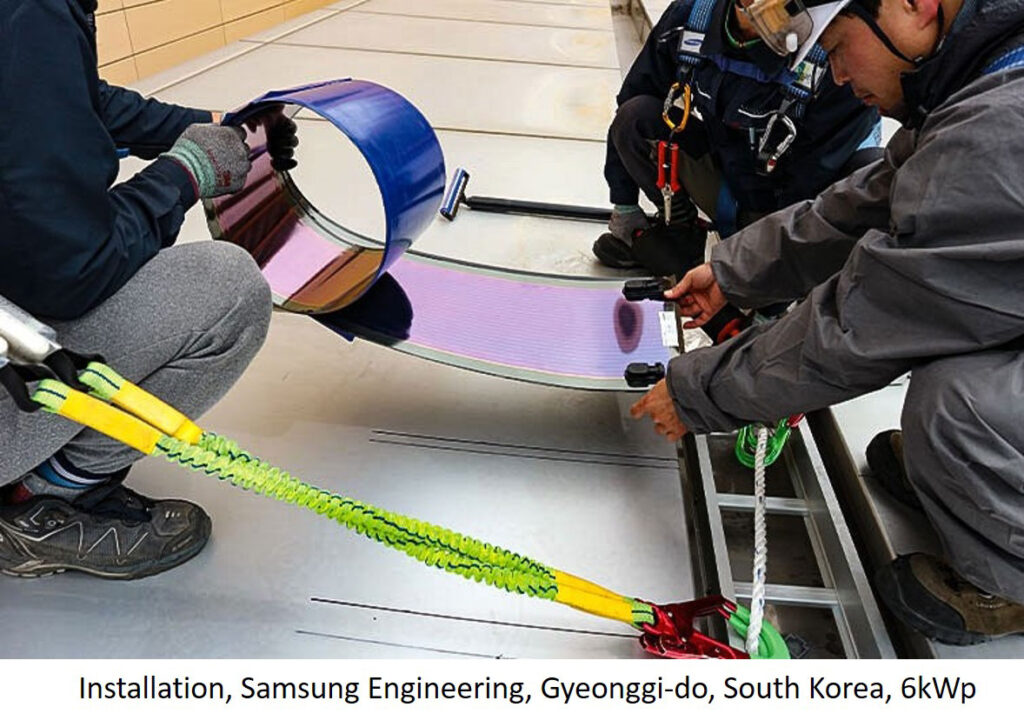Research as fast as lightning

If you want to understand how lightning strikes might be prevented by lasers, how photovoltaic of the future may look like, or how drugs are absorbed by the body, you have to look at the fastest and shortest-lived processes in nature.

We, the members of the National Center of Competence in Research for Molecular Ultrafast Science and Technology (NCCR MUST), do research as fast as lightning. We observe molecules and atoms at work and study ultrafast molecular processes. Processes that interest us last only a few femtoseconds, or 0.000000000000001 seconds.
We conduct our research with the help of stroboscopic effects and lasers. In our laboratories, we simplify the highly complex nature and investigate sub-processes under standardized, artificial conditions. Our research helps to build new types of lasers for medical applications or to improve photovoltaic. We understand how drugs are absorbed by the body or how lightning strikes could be prevented with artificial lasers.
At our exhibit booth, we’ll show how stroboscopes and lasers work and three of our projects: how lasers act as lightning rods, how virtual chemistry gives us new insights, and how to build Organic Solar Cells.
Lasers as lightning rods
Lightning is fascinating! It starts harmlessly. First, an electrical field is created within a cumulonimbus cloud (storm cloud) by the collision of water droplets and ice particles. This produces potential differences of up to 50 megawatts. Sometimes, however, a lightning channel is created from the earth to the cloud. Due to a bypass, there is an enormous discharge, the lightning, whose tremendous force is destructive.
Even today, lightning protection still relies on the 300-years-old lightning rod. But what if we want to protect moving objects? High-energy lasers could solve this problem because they can ionize air and form a conductive channel. That’s where the Laser Lightning Rod project comes in – high-frequency, upward-facing terawatt lasers are designed to guide lightning and protect against lightning strikes. Our booth exhibits videos of lightning development captured by an ultrafast camera, a presentation of the LLR project and its installation on the top of the Säntis.
Up close and personal with molecules – virtual chemistry
Virtual teaching platforms will profoundly change how we teach and research in the future. Whereas so far we try to understand reactions “with pen and paper”, we can now touch and change molecules, and thus experience first-hand what really happens to them. This revolutionizes chemistry as natural science! Virtual chemistry is exactly the opposite of classical experimental, or “natural” chemistry. It combines imaging and artificial intelligence and creates a whole new world to develop ideas and make predictions “with the computer” to be later verified in the lab experimentally. At our booth, you can play ping pong with “C60” molecules and see how they behave at high pressures and temperatures; knot amino acid chains, aka proteins, and let them vibrate; experience first-hand why it matters where and with whom you bind – that is, at least as a protein and binding partner – or control the well-known Diels-Alder reactions.
How to build an organic solar cell? – A Flexible Way Forward for Renewable Energy
Renewable energies are the path to a green future. What plants have been doing for millions of years, namely covering their energy needs with the help of solar energy, we humans just started. But the sun provides enough energy in one hour to support human energy demands for an entire year! To collect this valuable natural energy, artificial solar cells must be integrated into our lives more seamlessly than current solar cell technologies. With the help of the emerging Organic Solar Cells (OSCs), we can easily integrate this natural energy into our lives. OSCs are flexible, transparent, have almost unlimited applications, and can be placed on almost any surface: windows, walls, wind turbines…. At our booth, you will be able to see an Organic Solar Cell in action and manipulate its flexibility yourself. We will demonstrate the fabrication steps and dive into Organic Solar Cells together with you.





